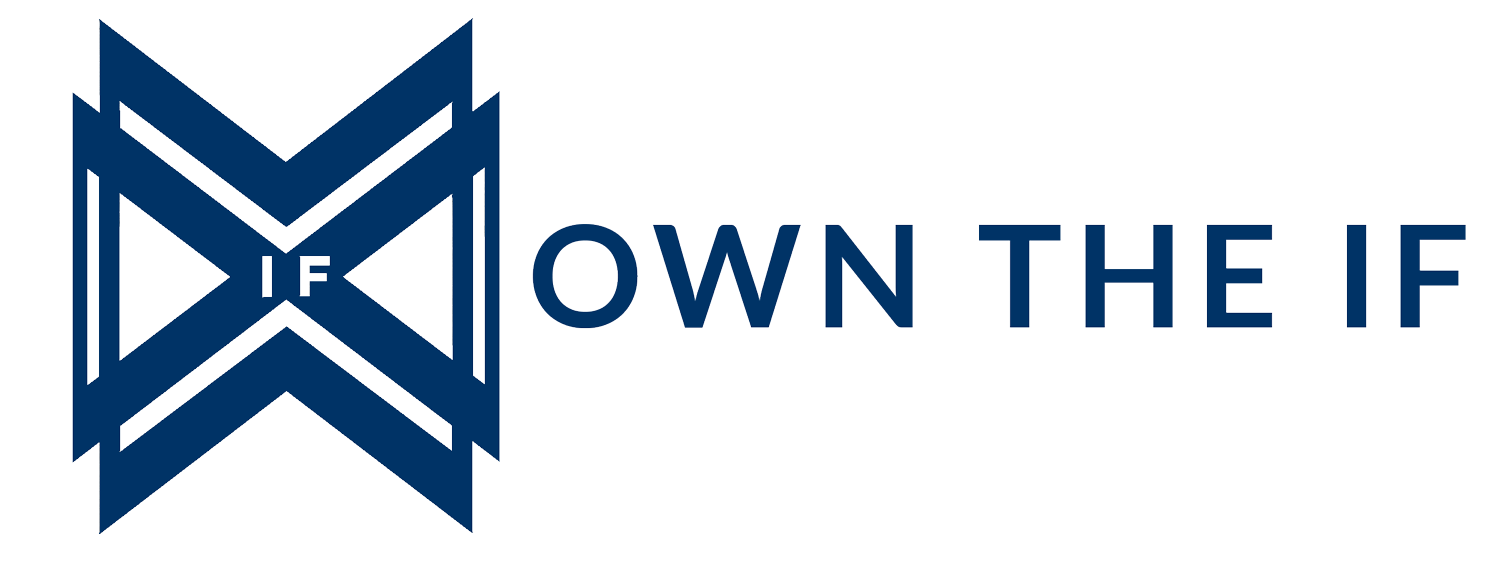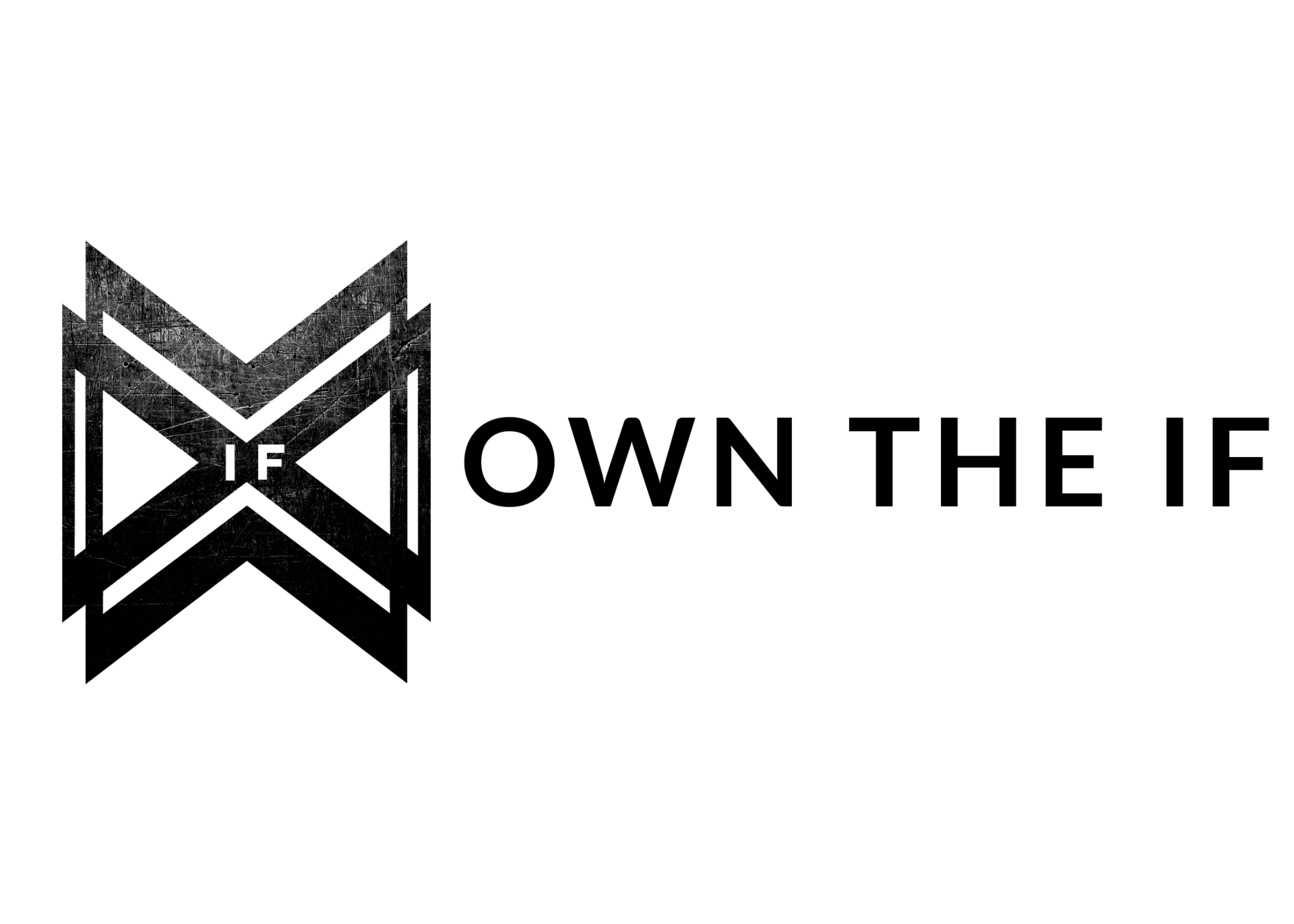Setting goals and resolutions is vital for giving our lives direction, purpose, and motivation. They act as a roadmap, guiding our decisions toward desired outcomes. The tradition of making resolutions on January 1st is deeply ingrained in our culture, symbolizing a fresh start. However, the high failure rate often results from unrealistic expectations, lack of specificity, and setting too many goals at once.
To avoid this trap, it's crucial to set realistic, measurable, and achievable goals. Breaking larger objectives into smaller, manageable steps can make the process less overwhelming. Additionally, staying intrinsically motivated, celebrating small victories, and being flexible in adapting goals as circumstances change can significantly increase the likelihood of success.
Regular reflection and adjustments throughout the year are essential to maintain momentum and ensure sustainable progress. By approaching resolutions with a realistic mindset and incorporating these strategies, we can turn the tradition of setting goals into a meaningful and successful endeavor.
With this in mind, here are five frameworks to help guide you in achieving your goals in 2024. Let's dive in...
1. SMART Goals
Description: The SMART goals framework, originating in business and management, emphasizes specificity, measurability, achievability, relevance, and time-bound constraints, and its widespread adoption is attributed to its effectiveness in creating clear and actionable objectives. SMART goals are specific, measurable, achievable, relevant, and time-bound objectives providing a clear framework for goal setting.
How it Works: By setting goals that are Specific, Measurable, Achievable, Relevant, and Time-Bound, individuals create a roadmap for success and maintain focus on their objectives.
Why it Works: SMART goals provide clarity, motivation, and a systematic approach to goal achievement. The specificity and deadlines help individuals stay accountable and track progress.
Example: Weight Loss Goals
- Specific: I want to lose weight.
- Measurable: I will lose 10 pounds.
- Achievable: I will achieve this weight loss through a combination of regular exercise and a balanced diet.
- Relevant: This goal is relevant to my overall health and well-being.
- Time-bound: I will accomplish this within the next 3 months.
2. WOOP (Wish, Outcome, Obstacle, Plan)
Description: WOOP, introduced by psychologist Gabriele Oettingen, is a goal-setting framework outlined in her book "Rethinking Positive Thinking" (2014), helping individuals clarify goals, anticipate obstacles, and create effective plans for achievement. WOOP is a mental contrasting framework that involves identifying a Wish, envisioning the positive Outcome, acknowledging Obstacles, and creating a concrete Plan.
How it Works: WOOP combines positive visualization with realistic planning, creating a balanced and actionable approach to goal setting.
Why it Works: WOOP enhances motivation by connecting positive feelings with goal achievement while addressing potential challenges. It provides a structured method for turning wishes into achievable plans.
Example: Improve physical fitness and overall health
- Wish: I wish to improve my physical fitness and overall health.
- Outcome: The desired outcome is to feel more energized, reduce stress, and achieve a healthier weight.
- Obstacle: The obstacle is my busy schedule and limited time for regular exercise.
- Plan: To overcome this obstacle, I plan to incorporate a consistent 30-minute exercise routine three times a week. Initially, I'll blend cardiovascular workouts with strength training at home. Moreover, I'll create a weekly meal plan geared towards achieving my macro goals while ensuring nutritional density.
3. BHAGs (Big Hairy Audacious Goals)
Description: BHAGs, born from the 1994 book "Built to Last" by Jim Collins and Jerry Porras, are audacious, visionary goals crafted to inspire and propel individuals or organizations toward greatness by fostering innovative thinking and resilience in the face of challenges.
How it Works: BHAGs encourage individuals to set goals that go beyond the ordinary, creating a sense of purpose and motivation.
Why it Works: BHAGs stimulate creativity, motivation, and resilience. The audacious nature of these goals inspires individuals to push their limits and achieve remarkable outcomes.
Example: Transform my passion for cooking into a successful culinary business, opening a chain of eco-friendly restaurants renowned for healthy and delicious cuisine, and positively influencing community well-being.
The individual's BHAG centers around a passion for cooking and entrepreneurship, with a specific goal of starting a chain of eco-friendly restaurants. The ambition behind this endeavor is audacious, aiming for not only personal success but also a positive impact on the community. The long-term vision provides a clear sense of direction and purpose for this culinary and entrepreneurial journey.
4. The GROW Model
Description: Sir John Whitmore crafted the GROW model for coaching and goal-setting in the 1980s, presenting it in his 1992 book "Coaching for Performance." GROW, representing Goal, Reality, Options, and Will, offers a structured coaching framework, guiding individuals to define goals, assess current realities, explore options, and establish a proactive will to act.
How it Works: GROW provides a structured approach to personal and professional development, facilitating goal setting and action planning.
Why it Works: GROW fosters self-awareness, goal clarity, and commitment. By systematically addressing different aspects of goal setting, individuals can develop a comprehensive plan for success.
Example: Professional Development
Goal: To enhance my leadership skills and advance to a managerial role within the next 12 months.
Reality: I currently hold a team member position and have identified areas where I lack experience in team management and strategic decision-making.
Options:
- Attend leadership development workshops and seminars.
- Seek mentorship from current managers to gain insights into their roles.
- Take on additional responsibilities that involve leadership and decision-making.
- Pursue online courses or certifications in management and leadership.
Will: I commit to attending at least two leadership workshops in the next six months, meeting with a mentor bi-monthly, taking on a leadership project within my team, and completing an online management certification course by the end of the year.
5. Eat That Frog! The Brian Tracy Method
Description: "Eat That Frog!" by Brian Tracy, published in 2001, draws its title from a Mark Twain quote: "Eat a live frog first thing in the morning, and nothing worse will happen to you the rest of the day." Tracy uses this metaphor to emphasize tackling the most challenging task early for smoother daily flow and effective time management. Beyond daily productivity, the book outlines how this approach contributes to long-term goal achievement by consistently prioritizing and addressing significant tasks.
How it Works: By focusing on the most critical tasks and managing time effectively, individuals can maximize productivity and progress toward their goals. Applying the "Eat That Frog!" principle to larger goal achievement involves consistently prioritizing and tackling the most challenging tasks associated with the goal, fostering progress, and maintaining momentum.
Why it Works: "Eat That Frog!" promotes efficiency, task prioritization, and overcoming procrastination. Tackling challenging tasks early builds momentum and reduces stress, leading to greater overall productivity.
Example: Completing a complex report for a work project that is due at the end of the week
- Eat the Frog: Start working on the report first thing in the morning, breaking it down into smaller, manageable tasks. Allocate a focused block of time to make significant progress.
- Benefits: By "eating the frog" and tackling the most challenging task early in the day:
Bringing it Home:
Setting clear goals provides direction and purpose, especially as you embark on a new year. While New Year's resolutions offer a fresh start, success hinges on realistic objectives and adaptability. Trust the process, believe in your capabilities, and remember: you've got this. The frameworks outlined—SMART Goals, WOOP, BHAGs, GROW, and Eat That Frog!—offer tools you can tailor to your journey. Embrace the method that resonates, stay motivated, and know that consistent effort will lead you forward in 2024.


